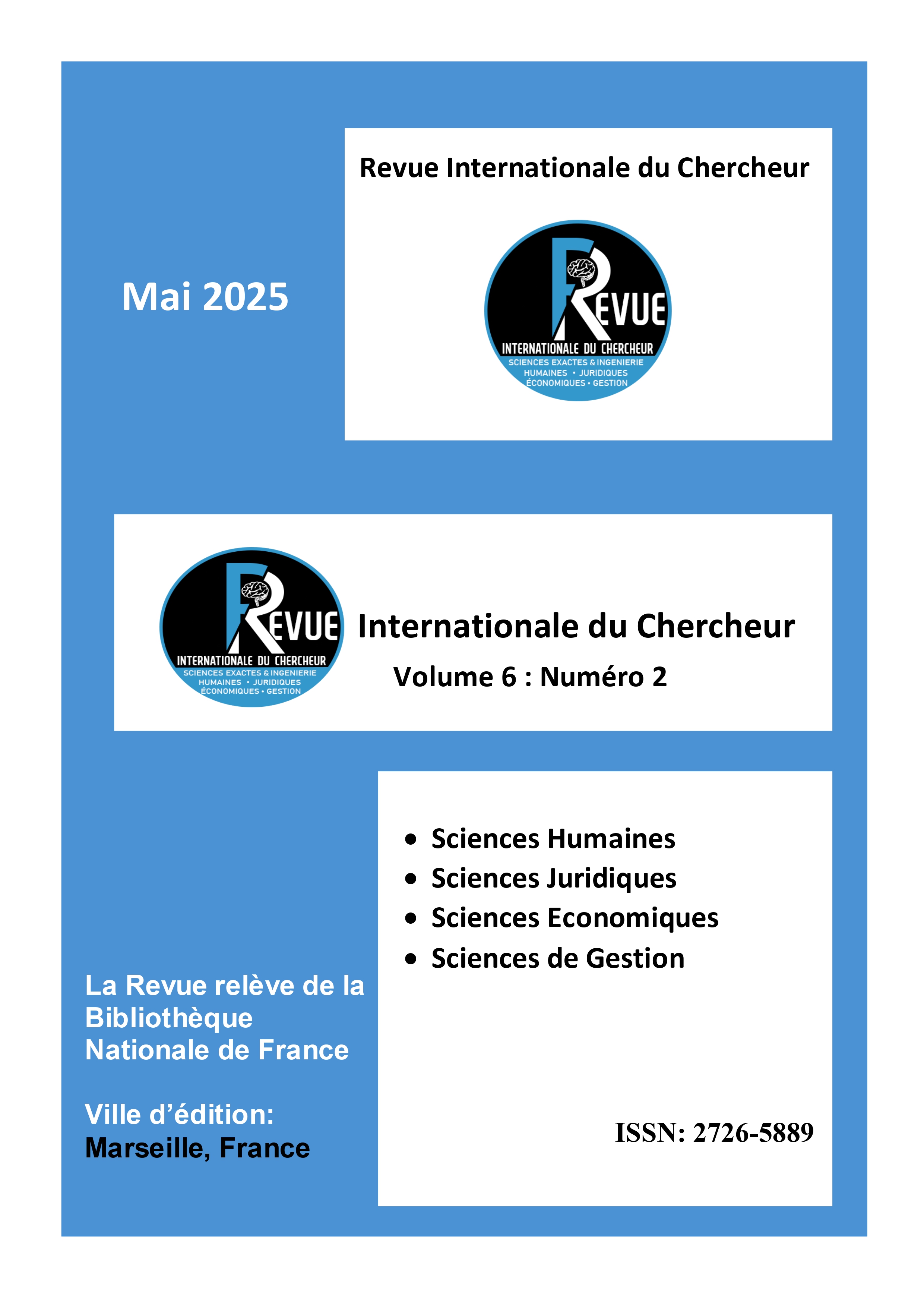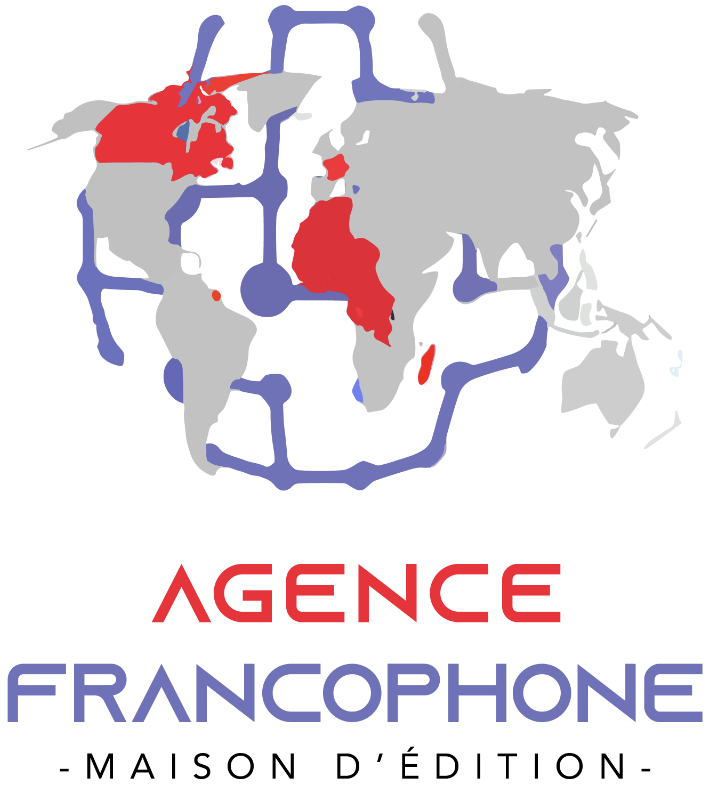The non-conformity between the actant's imminent /want/ and social imposition in Siham Benchekroun's Oser vivre: A semiotic approach.
Keywords:
Passions, Modality, Actant of control, Body, PotentiationAbstract
Abstarct
This article proposes a semiotic study of Nadia's affective and passionate role in Siham Benchekroun's Oser vivre. Her /vouloir-faire/ consists in her attachment to the idea of marriage, which she sees as a gateway to the creation of an idyllic world where love and freedom reign. The /want-to-make/ generates the /need-to-make/, which gives rise to somatic codes of affection and tenderness. However, the shift to the negative form of /pouvoir/ gives rise to other orientations, in the sense that achieving the goal of marriage creates an obstacle. The latter directs the actant's passionate sequence towards potentialization, where imagination dominates. In order to develop Siham Benchekroun's discourse as a means of studying the non-conformity between the expected and the unexpected, we will refer to the conceptual apparatus of semiotics. More precisely, our aim is to see how the shift from /Want-to-be/ to /Couldn't-be/ prompts Nadia to turn towards the potential world. In other words, we want to see how the actant in question is no longer oriented towards the realization of her goal, but towards potentiation, conceived as a world where action remains envisaged, dreamt and imagined.
Downloads
Downloads
Published
How to Cite
Issue
Section
License
Copyright (c) 2025 Hakim AIT-ALLA

This work is licensed under a Creative Commons Attribution-NonCommercial 4.0 International License.















